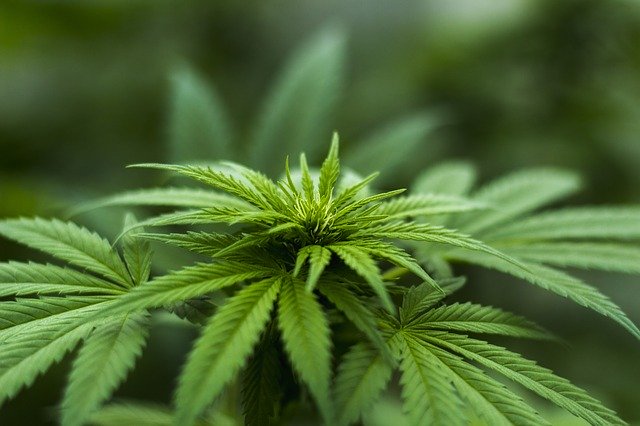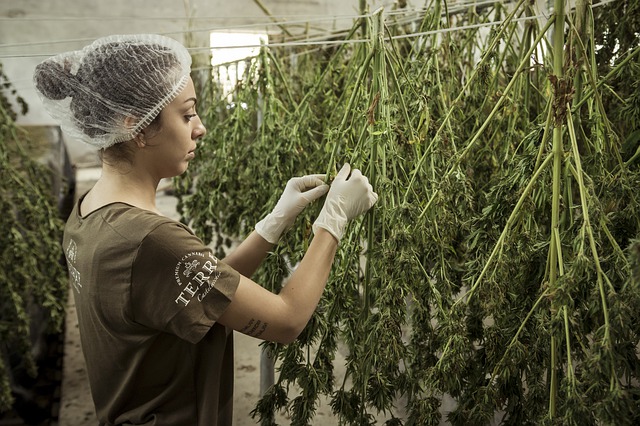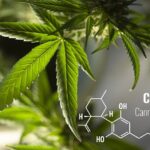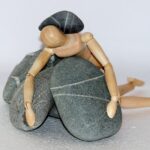The market is full of new CBD products promising to help to improve your health. But many consumers are still concerned about cannabidiol and typically ask themselves these questions: What is CBD? Why is it so popular? Is it legal? What do people use it for? Does it work? If you are a frequent reader of this blog, you most definitely know that CBD is a legal compound of the cannabis plant with many properties. But what are people using it for? Keep reading below to discover the top 5 uses of CBD.
CBD’s Recent Popularity
Although marihuana remains a controversial plant and it’s still illegal in many places, it holds properties that can be very beneficial to our health. Cannabidiol (or CBD) is a naturally occurring compound of the cannabis plant, which can be found in both hemp and marihuana plants.
CBD doesn’t hold any psychoactive properties and it’s legal in most places. The interest in this substance has increased exponentially in recent years as more and more studies are discovering its potential. As a result, the market is full of CBD products in many different formats: oils, edibles, creams, etc.
Cannabidiol acts upon our endocannabinoid receptors, allowing it to improve its performance. The endocannabinoid system is in charge of many processes, including the ability to feel pain, appetite regulation, and to help us relax, to name a few. People who suffer from problems related to these processes have experienced improvement after using CBD.
Top 5 Uses of CBD
So, CBD interacts with our endocannabinoid receptors, but what does this mean? What can it be used for? Cannabidiol can be used for many purposes, and many individuals can benefit from it. Curious to know how it can help? Let’s see the top 5 uses of CBD below.
Pain Relief
The mammals’ endocannabinoid system is in charge of the perception of pain. There are various studies that have shown promising results in the use of CBD to relieve pain caused by different conditions.
For instance, a study performed in rats showed that topical CBD reduced inflammation and pain caused by arthritis. The study concluded that topical CBD has therapeutic potential for the relief of inflammation and pain without evident side effects.
Another study showed spasticity reduction in multiple sclerosis patients after short-term use of oral CBD. The same study concludes that patients treated with cannabinoids are more likely to experience significant pain reduction.
Although more research is needed, the potential of CBD to treat pain and inflammation is evident, and many users report an improvement after using CBD for pain.
Anxiety and Stress Relief
Cannabis has been used for ages to fight anxiety and stress. This led to the conclusion that THC (cannabis psychoactive compound) alone was responsible for this effect. But recent research has shown that CBD also has relaxing effects.
Various studies have concluded that CBD may have antianxiety potential in the following cases:
- General anxiety disorder. NIDA has noted that CBD has shown efficacy in reducing behavioral and physiological measures of stress and anxiety in animal and human studies.
- Social anxiety. A study published in 2010 used functional neuroimaging to investigate the potential of CBD in patients with a general anxiety disorder. The study concluded that the use of CBD may reduce this type of anxiety.
- PTSD. This study has shown the potential of CBD to treat PTSD by facilitating the extinction of aversive memories.
There is still more research to be done in this field, but the results of the research that we have so far, are very positive.

Epilepsy and Seizures
One of the main reasons for the increasing popularity and medicinal cannabis and CBD is their potential to reduce seizures. There have been numerous studies in the past years to try to understand how CBD for epilepsy work. Research performed in animals and humans has concluded that cannabidiol holds important anti seizures properties, but the mechanisms are still unclear.
In 2013, Porter and Jacobson, members of the Neurology Department of Stanford University, conducted a survey to explore the use of CBD-enriched cannabis in children with treatment-resistant epilepsy. 84% of the participants reported seizure reduction. However, there were only 19 people included in the study, so more research is needed.
Nevertheless, the potential of CBD to treat this type of disorder is so obvious that the FDA approved Epidiolex, a prescription drug containing CBD and it’s now available in the market.
Quit Addictions
CBD has also been studied for its capabilities to quit some types of addictions, such as alcoholism and smoking addiction.
This study performed at the University of London, UK, showed the potential of inhaled CBD to quit smoking. The researchers performed a randomized double-blind placebo study in smokers who wish to quit. Half of the participants were given a CBD-inhalers and the other half were given the placebo. Participants who were given CBD reduced their cigarette consumption by 40%, whereas placebo users didn’t experience any changes.
Another study performed in Ontario, Canada evaluated the use of CBD to treat alcohol disorders. The researchers reviewed the literature on this topic and concluded that CBD appears to have promise as a candidate to treat alcohol disorders.
Skincare and Cosmetics
If you are not sure yet about using CBD orally, you may want to start with skincare products and cosmetics. As we already said, topical CBD products (gels and creams) can help alleviate pain caused by inflammation, such as joint pain and arthritis, when applied locally. But CBD can also help in conditions like psoriasis by reducing the growth of immature skin cells.
Aside from its anti-inflammatory effects, CBD has properties to treat acne, dermatitis, and eczema. On the other hand, cannabidiol has antiseptic and antimicrobic properties and contains vitamin E, to help maintain your skin in optimal health conditions.
How to Use CBD?
As we said, CBD comes in many different formats. Choosing the right one for you depends on preference and personal convenience. The most popular CBD formats are:
- Oils. They typically come with a dropper that you can use to administer your dose. You’ll need to place a few drops of CBD oil under your tongue and allow it to dissolve. Regarding the dosage, there’s no general rule. So, start low and increase it until you find your desired effects.
- Topicals. These are the most convenient formats if you are dealing with joint pain and inflammation and they’re also the preferred format for arthritis. Simply use it as you would normally use any cream and apply it directly to the painful area 2-3 times a day.
- Edibles. Gummies and other edibles are convenient for many people. The number of gummies that you should take will depend on the amount of CBD that they contain. So, simply follow the manufacturers’ instructions.
Finally, remember to be cautious and buy your CBD only from reputable vendors.
Do you have any other use that would like to add to our top 5 uses of CBD? Let us know in the comment section below!



